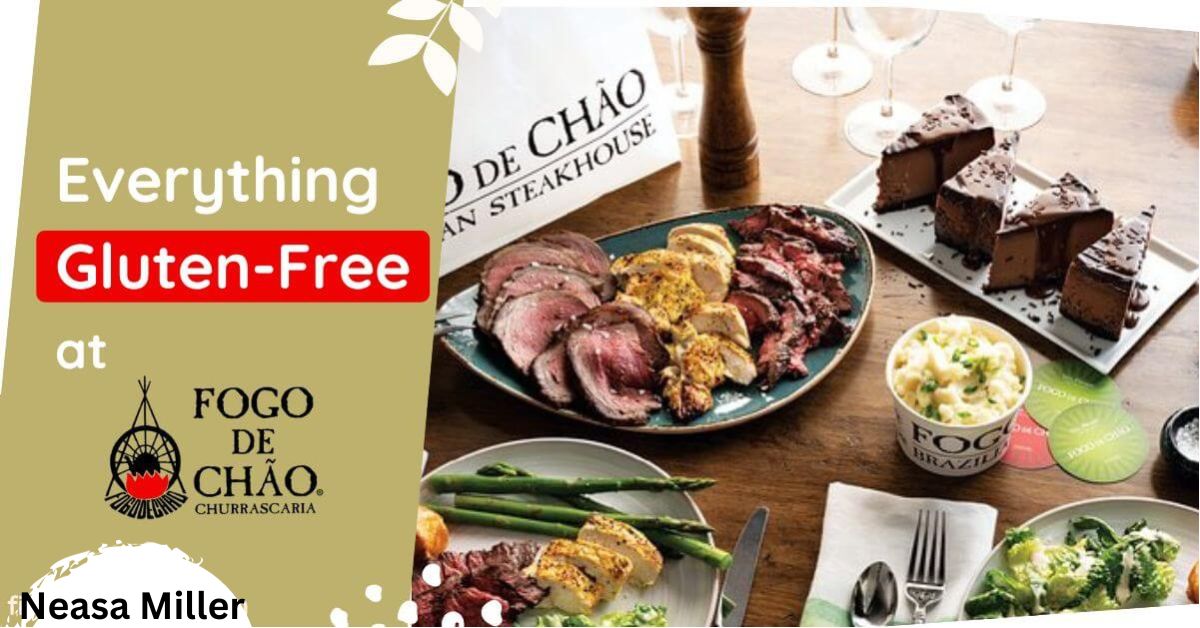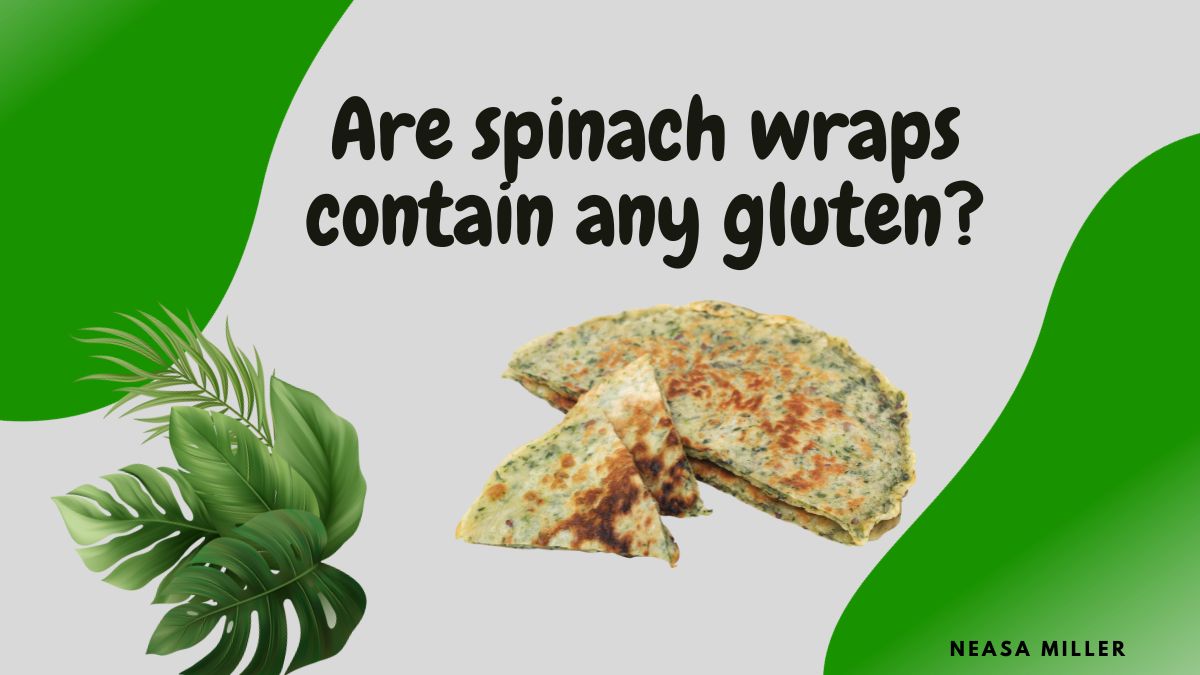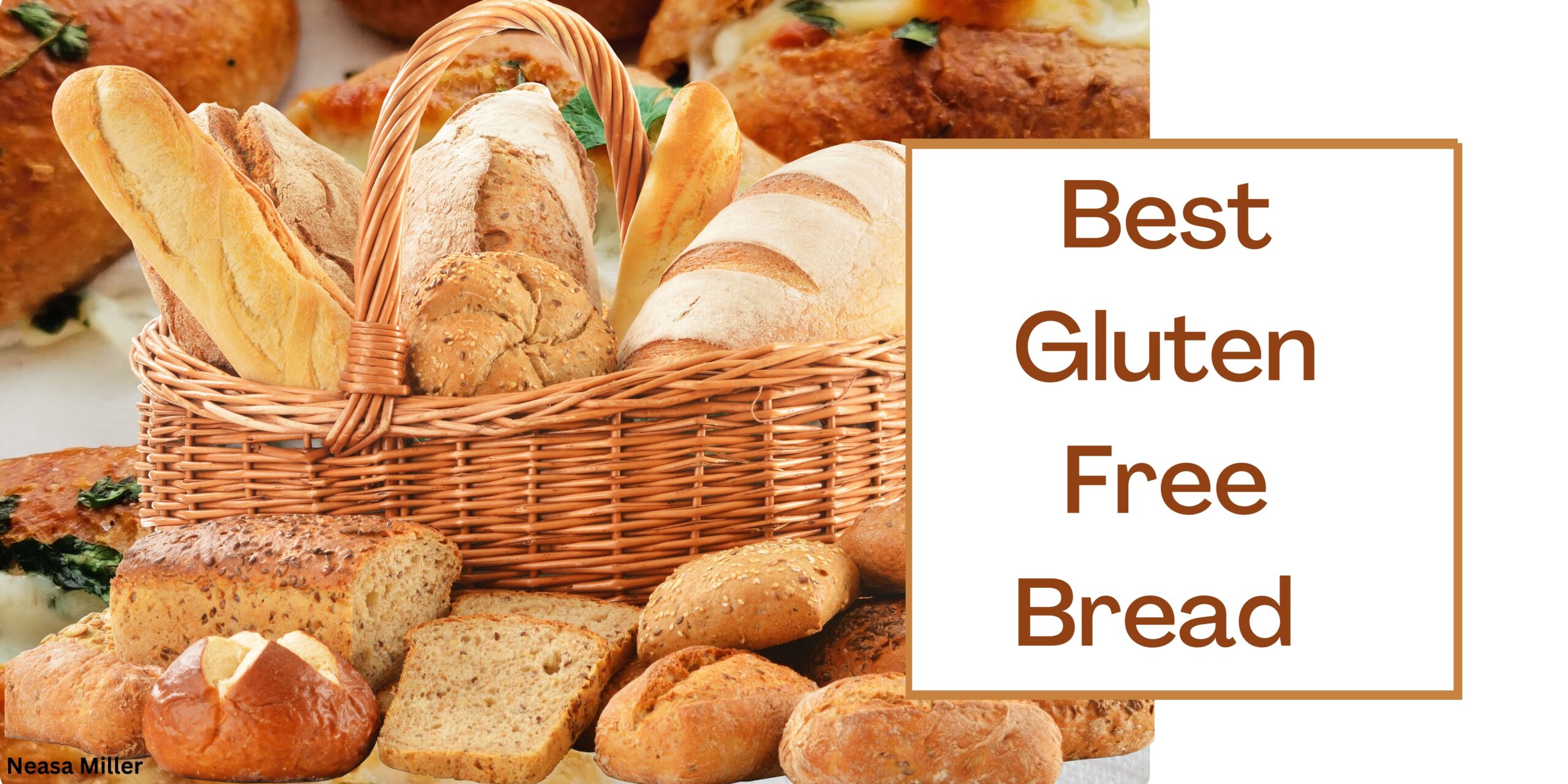Few foods can compare to the savoury joy of knishes when it comes to comfort food. However, the issue of whether knishes are gluten-free is important for those who have celiac disease or gluten sensitivity. This article will examine the world of knishes, their components, and if people in need of them can find gluten-free versions.
We’ll look into the components that give these sweets their special appeal as well as the events that have influenced them throughout time. We’ll also learn about gluten-free substitutes so that no one has to lose out on these delectable treats, but that’s not all.
Join us as we explore the delicious world of knishes, addressing the crucial question, and outlining the enticing opportunities that exist there. This article promises to pique your interest and tempt your taste buds, whether you’re a knish enthusiast looking to expand your horizons or someone with dietary restrictions.
What are Knishes?
Knishes are a well-liked dish from Eastern Europe that has made its way into people’s stomachs and hearts everywhere. The doughy shell of these delectable pastries contains a variety of fillings, such as potatoes, meat, or vegetables. Knishes are a delectable treat that may be consumed in several ways.
History of Knishes?
Knishes have a long history that dates back to the Eastern European Jewish communities. Depending on the area, they have changed over time, assuming various sizes, forms, and contents. These gastronomic treats are all the more charming and alluring because of their historical context.
Ingredients of Knishes
To answer the question of whether knishes are gluten-free, we must first understand the key ingredients used in their preparation. Traditional knishes are typically made using the following components:
- Flour
- Water
- Fats (such as oil or butter)
- Filling ingredients
Effects of Gluten
Gluten is a protein found in grains like wheat, barley, and rye. It gives dough its flexibility and is frequently an allergy for many people. Gluten should be avoided in particular by those with celiac disease because it can have serious negative health effects.
Are Knishes Gluten-Free?
Typical traditional knishes usually include gluten. Their dough’s components, which frequently include wheat flour, are to fault. Traditional knishes contain a substantial amount of wheat flour, which can have harmful health implications for people who have celiac disease or gluten intolerance. The good news is that gluten-free alternatives are accessible. When making gluten-free knishes, several specialty bakeries and food manufacturers substitute wheat flour for other flour such as rice flour, potato starch, or almond flour. These gluten-free versions let those with dietary concerns enjoy the mouth-watering aromas of knishes without endangering their well being. There are tasty options to consider for individuals who require or want a gluten-free choice, even though classic knishes might not be gluten-free.
Alternatives of Gluten Free Knishes
Traditional knishes are made from wheat flour, they contain gluten. But don’t worry, there are wonderful options to consider!
1. Potatoes Knishes – Get rid of the gluten and enjoy knishes made from dough based on potatoes. They are versatile, tasty, and soft, and you can stuff them to your heart’s desire.
2. Rice Flour Knishes – Try making knishes with rice flour for a slightly chewy, gluten-free dough that goes great with a variety of fillings.
3. Almond Flour Delights – Knishes made from almond flour have a flaky texture and a nutty flavor. It’s a distinctive option for people who avoid gluten.
4. Cauliflower crust Knishes – Knishes with a cauliflower crust help you cut carbohydrates. They are a nutritious, vegetable-rich substitute.
5. Sweet PotatoSurprise – Choose knishes made of sweet potatoes for a sweet and savory combination. The flavor is improved by the inherent sweetness.
Benefits Of Gluten Free Knishes
- Gluten-free knishes allow those with celiac disease or gluten sensitivity to enjoy similar tastes and textures as traditional wheat flour knishes.
- Alternate gluten-free flours like rice, chickpea, or almond flour can be used to create a dough that holds together and wraps around fillings.
- Gluten-free knishes provide protein and nutrients from gluten-free flour.
- They avoid the gastrointestinal issues some people experience from eating gluten.
- Following a gluten-free diet requires giving up many baked goods, so gluten-free versions of ethnic foods like knishes add variety.
- Gluten-free knishes can be a satisfying comfort food that brings joy back to meals.
- With thoughtful substitutions, the flavors and textures of knishes can be recreated gluten-free.
How to Make Gluten-Free Knishes at Home
Ingredients
- Gluten-free flour blend
- Potatoes
- Your choice of fillings (vegetables, meats, etc.)
- Butter or margarine
- Eggs
- Salt
- Water
Instructions
1. To make a soft dough, combine the flour, salt, eggs, and softened butter. Smoothen it by kneading it.
2. Boil and mash the potatoes, then add the fillings of your choice (such as sautéed onions or spinach).
3. Roll out the dough on a surface dusted with flour.
4. Cut the dough into circles, then fill the middle with filling.
5. Fold the dough over the filling and squeeze the corners together to seal.
6. Bake: Bake items for 25 to 30 minutes at 375°F (190°C) or until golden brown.
7. Allow the knishes to cool before serving. You can eat them alone or with your favorite dipping sauce.
Best Places to Find Gluten-Free Knishes
Here are some places where you can find gluten-free knishes:
- Specialty bakeries – Many dedicated gluten-free bakeries offer knishes made with gluten-free flours and fillings. These are available fresh and frozen.
- Online stores – Websites like Amazon and gluten-free specialty sites sell shelf-stable, frozen knishes shipped to your door. Brands like Katz Gluten Free offer knishes online.
- Grocer freezer section – Some grocery stores like Whole Foods stock gluten-free knishes in their freezer sections. Check ingredient labels.
- Farmers markets – Local vendors at farmers markets may offer fresh gluten-free knishes seasonally. Ask vendors about ingredients.
- Jewish delis – Traditional Jewish delis sometimes have gluten-free knish options using alternate flours. Inquire with the restaurant.
- DIY at home – Find gluten-free knish recipes online and make your own using ingredients you can eat. Customize with fillings.
- Gluten-free restaurants – Restaurants advertising gluten-free menus may serve knishes made in-house using gluten-free dough.
With some digging, those seeking a tasty gluten-free knish can likely find options locally or order online for delivery if stores are limited in their area. Trying different kinds allows one to pick a favorite recipe and texture.
Considerations for Celiac Patients
When selecting gluten-free knishes, celiac sufferers should take the following factors into mind:
1. Verify the producer adheres to established procedures to prevent cross-contamination and has a gluten-free certification. Check for designations such as Certified Gluten-Free.
2. Verify that all of the components in the dough and the filling are free of gluten. Fillings can occasionally be thickened by adding wheat flour.
3. Choose companies who test their finished products to make sure there is no gluten down to around 10-20 ppm.
4. Due to airborne particles, stay away from knishes produced in facilities that also process wheat goods.
5. Make sure the kitchen has specialized gluten-free prep spaces and tools for fresh knishes.
6. Check online reviews to see if the company or establishment has a reputation for treating gluten-free diets seriously.
7. Inquire about the methods used to get the ingredients and the quality assurance procedures used with suppliers.
8. Ask if every employee has received the necessary training on handling gluten-free products.
9. If you’re trying a new brand, start with a modest serving and watch your symptoms to gauge your tolerance.
10. Precautions and attention are needed while adhering to a gluten-free diet for medical reasons. Celiac patients can safely enjoy knishes by selecting recognized brands and explaining their needs.
Wrapping up
In conclusion, the world of knishes offers a culinary adventure that combines tradition and innovation with its enticing aroma and mouthwatering contents. We have investigated a variety of substitutes that meet different dietary requirements in response to the query of whether knishes are gluten-free. While persons with celiac illness or gluten allergies may not be able to eat conventional knishes, there are delicious and fulfilling gluten-free alternatives. There is a world of gluten-free flavor just waiting to be discovered, whether you choose potato-based knishes, rice flour wonders, almond flour innovations, cauliflower crust creations, or the sweet appeal of sweet potato knishes. So embrace the gluten-free options and enjoy the flavor of knishes without sacrificing whether you’re a seasoned knish aficionado or a beginner to this tasty pleasure. Take pleasure in your culinary exploration and the mouthwatering choices that turn each bite into a savory adventure.



